Rhyme Time Fun: How to Teach Rhyming Words to Kids
Hello, fabulous parents and fantastic teachers! 👋 Are you ready to dive into the delightful world of rhyming words with your little learners? Whether you're curled up on the couch at home or leading a lesson in the classroom, teaching rhymes can be a joyful experience packed with giggles and growth.Let’s walk through why rhyming matters and how to make it a fun, effective part of your early literacy toolkit.
🌟 Why Teach Rhyming Words?
Before we jump into activities, here’s why rhyming is a big deal in early literacy:
- Phonemic Awareness: Rhyming boosts a child’s ability to hear, recognize, and manipulate sounds—key for learning to read.
- Vocabulary Expansion: It introduces new words in an enjoyable way, enhancing vocabulary naturally.
- Memory and Recall: The rhythmic nature of rhymes makes it easier for children to remember language patterns.
- Reading Enjoyment: Rhyming stories and songs are fun, which keeps kids engaged and excited to learn.
🎵 Fun & Easy Ways to Teach Rhyming
Whether you’re a seasoned educator or a busy parent, these tips and games will help children connect with rhyming words in meaningful ways.
📚 1. Read Rhyming Books Together
Nothing beats a good rhyme-filled read-aloud! Try favorites like:
- Green Eggs and Ham by Dr. Seuss
- Rhyming Dust Bunnies by Jan Thomas
- There’s a Wocket in My Pocket by Dr. Seuss

Encourage children to listen for and call out the rhyming pairs!
🎶 2. Sing Songs and Nursery Rhymes
Songs like “Twinkle, Twinkle, Little Star” and “Down by the Bay” are perfect for reinforcing rhyming sounds. Music + language = magic!

🧩 3. Play Rhyming Word Games
Make it a game! Try:
- Rhyme Memory: Match cards with rhyming pictures or words
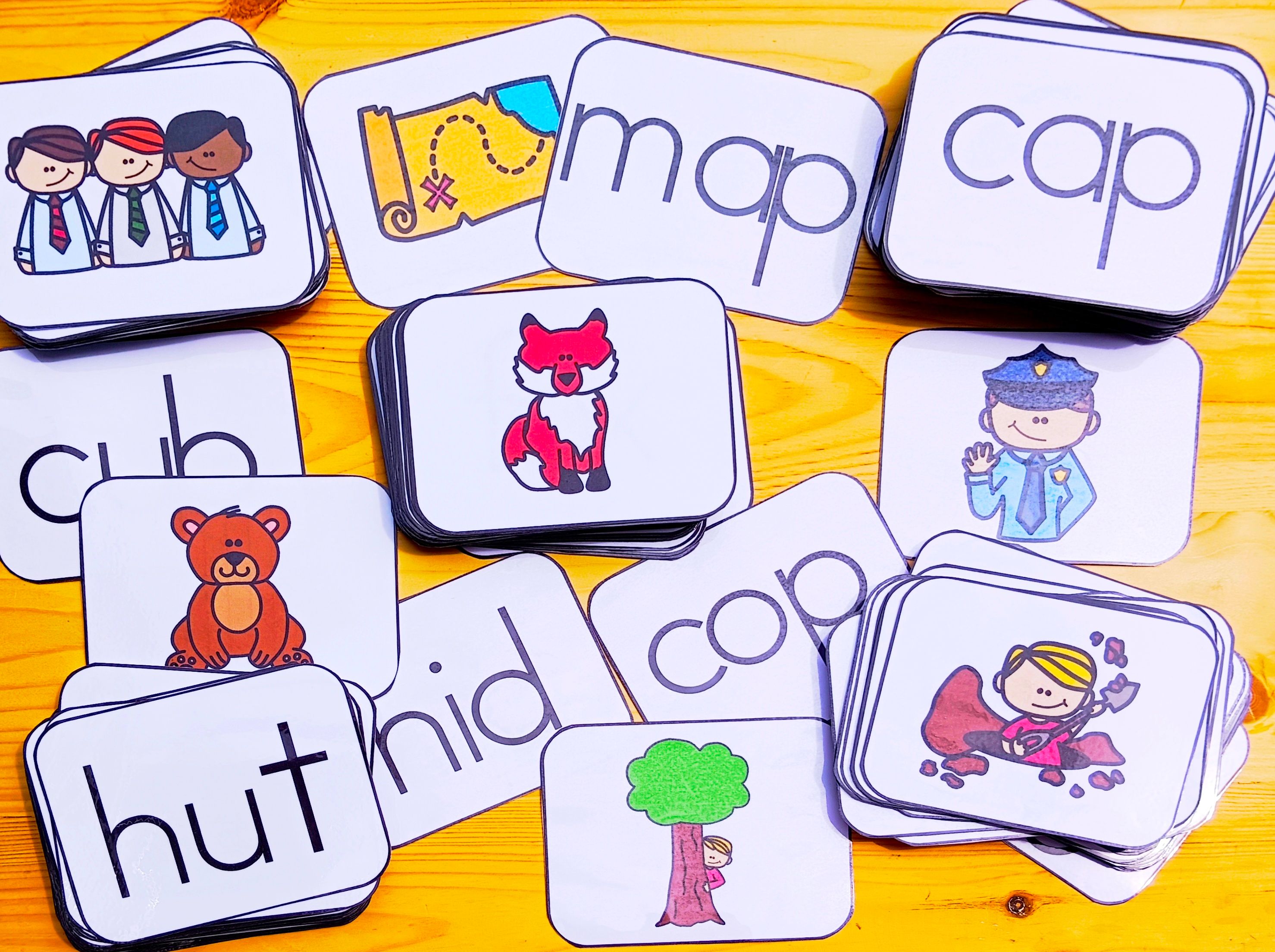
- Rhyme Bingo/ Rhyme Hunt: Use visual or word-based bingo cards
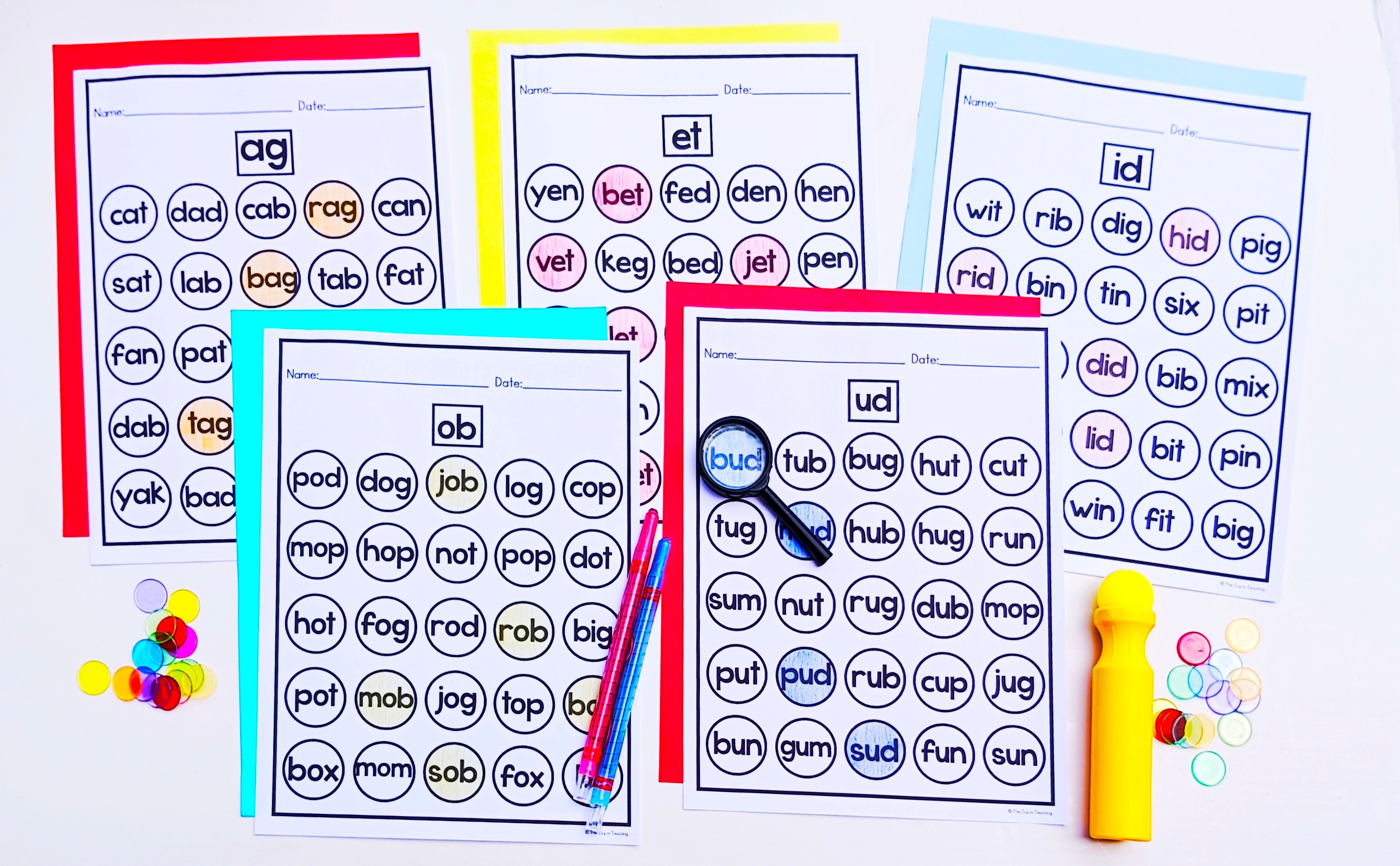
- "Does It Rhyme?" Game: Say two words and ask your child if they rhyme—silly options included for laughs!
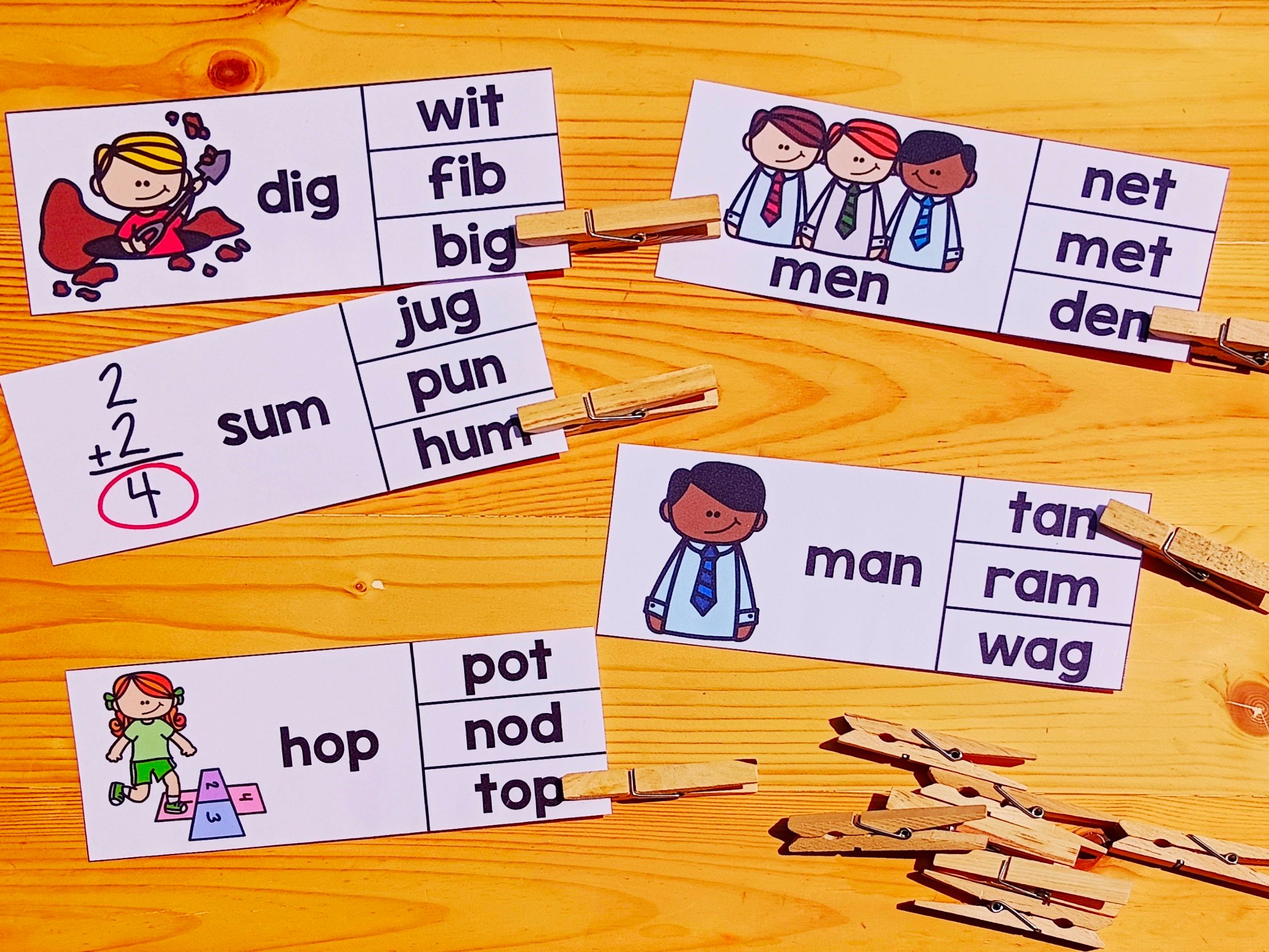
🎨 4. Add Visuals & Movement
Learning sticks when it’s multi-sensory! Try these:
- Rhyme Word Wall: Post rhyming word pairs and add new ones each week
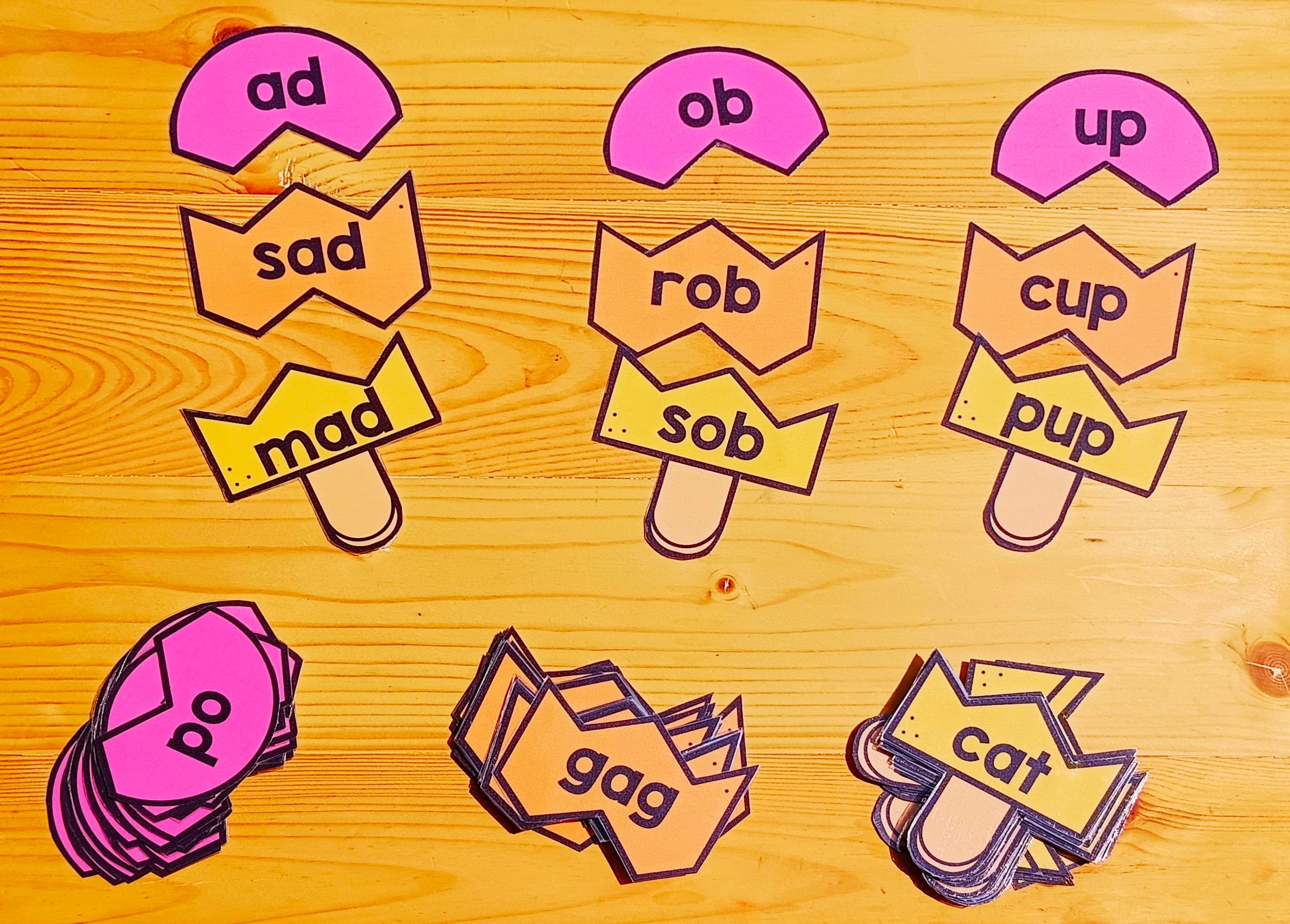
✂️ 5. Create Rhyming Baskets
Fill a basket with common household objects. Your child picks an item (e.g., sock) and has to find or think of something that rhymes (rock, clock, block, etc.).
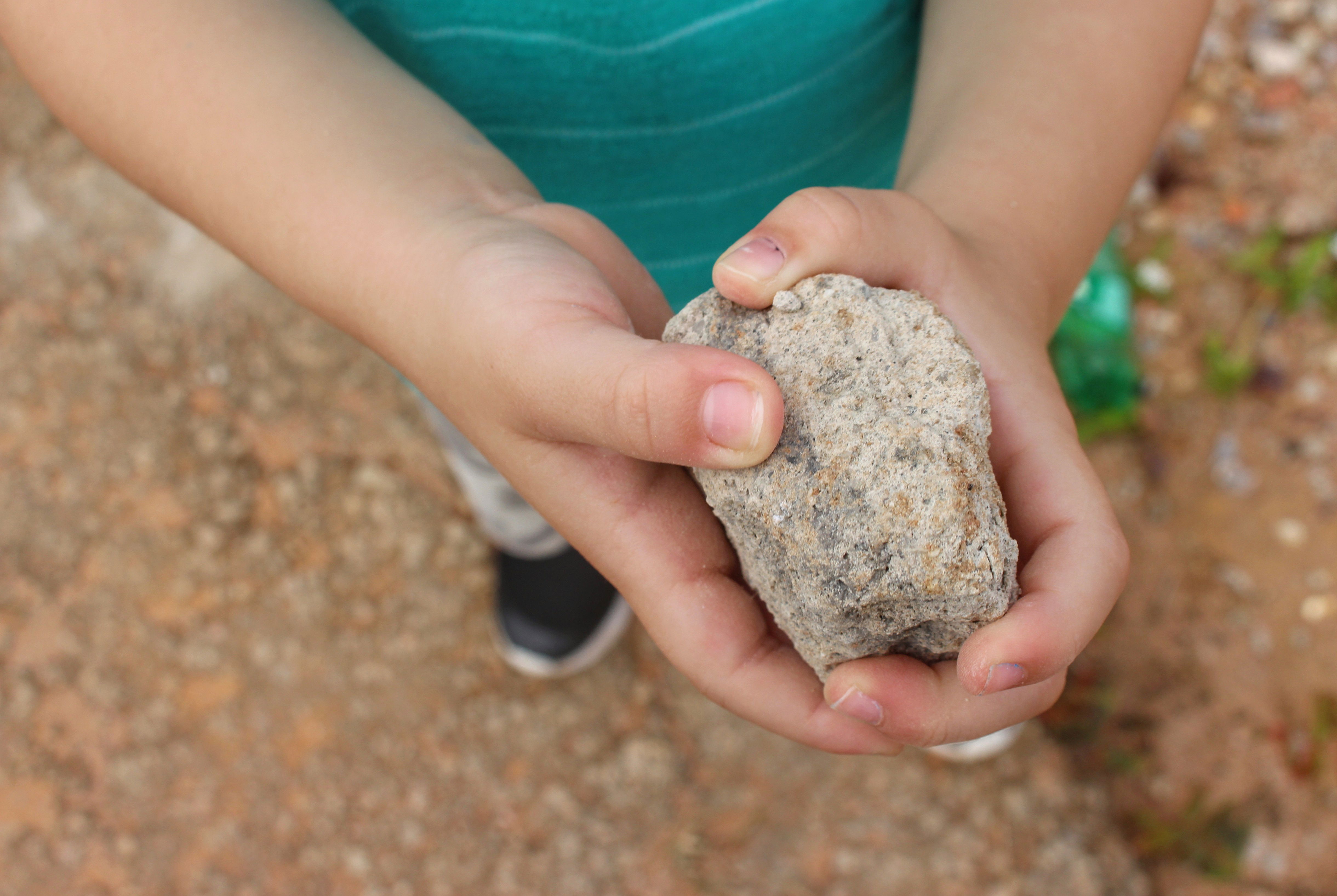
🏫 Classroom Ideas That Kids Love
Looking for interactive ways to bring rhyming to life in the classroom?

- Rhyme Centers: Set up hands-on stations with activities like puzzles, cut-and-paste matches, or coloring pages
- Interactive Notebooks: Let students create personal rhyme books filled with foldables, drawings, and rhyming lists
10 Fun and Effective Rhyming Activities for Young Learners 🎶✨
Teaching rhyming words is an essential part of early literacy, and the good news is—it can be a lot of fun! Here are some engaging rhyming activities you can try in your classroom or at home to help kids develop phonological awareness and listening skills:
1. 📘 Rhyming Words Chart
Introduce a simple reading chart filled with word families or rhyming pairs. It’s a visual and repetitive way to reinforce sound patterns and help kids recognize rhyme through reading practice.
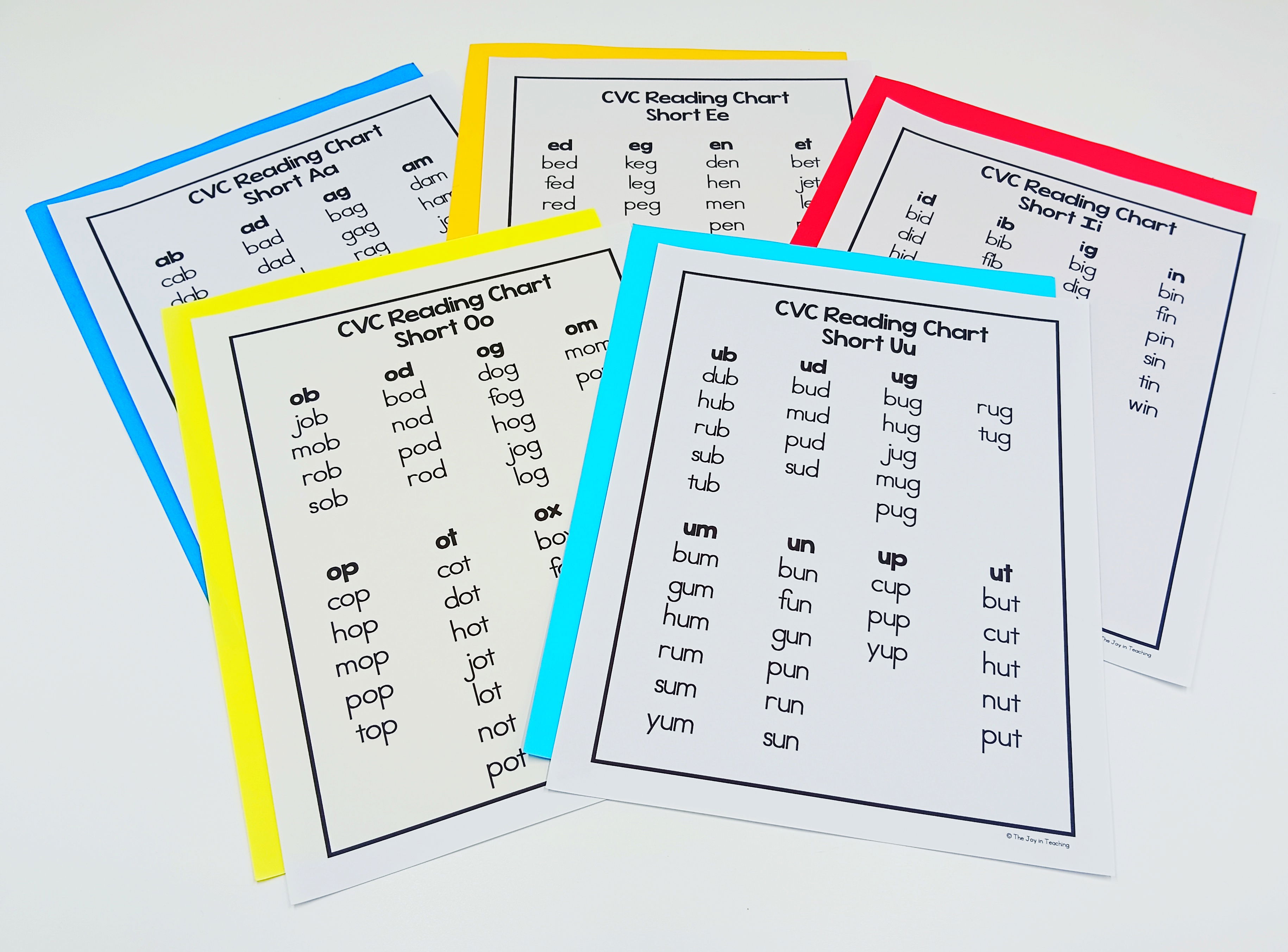
2. 🔵 Encircle the Word That Rhymes
Give learners a target picture or word, then ask them to choose (and encircle) the correct rhyming word from a group of choices. This sharpens listening and critical thinking.
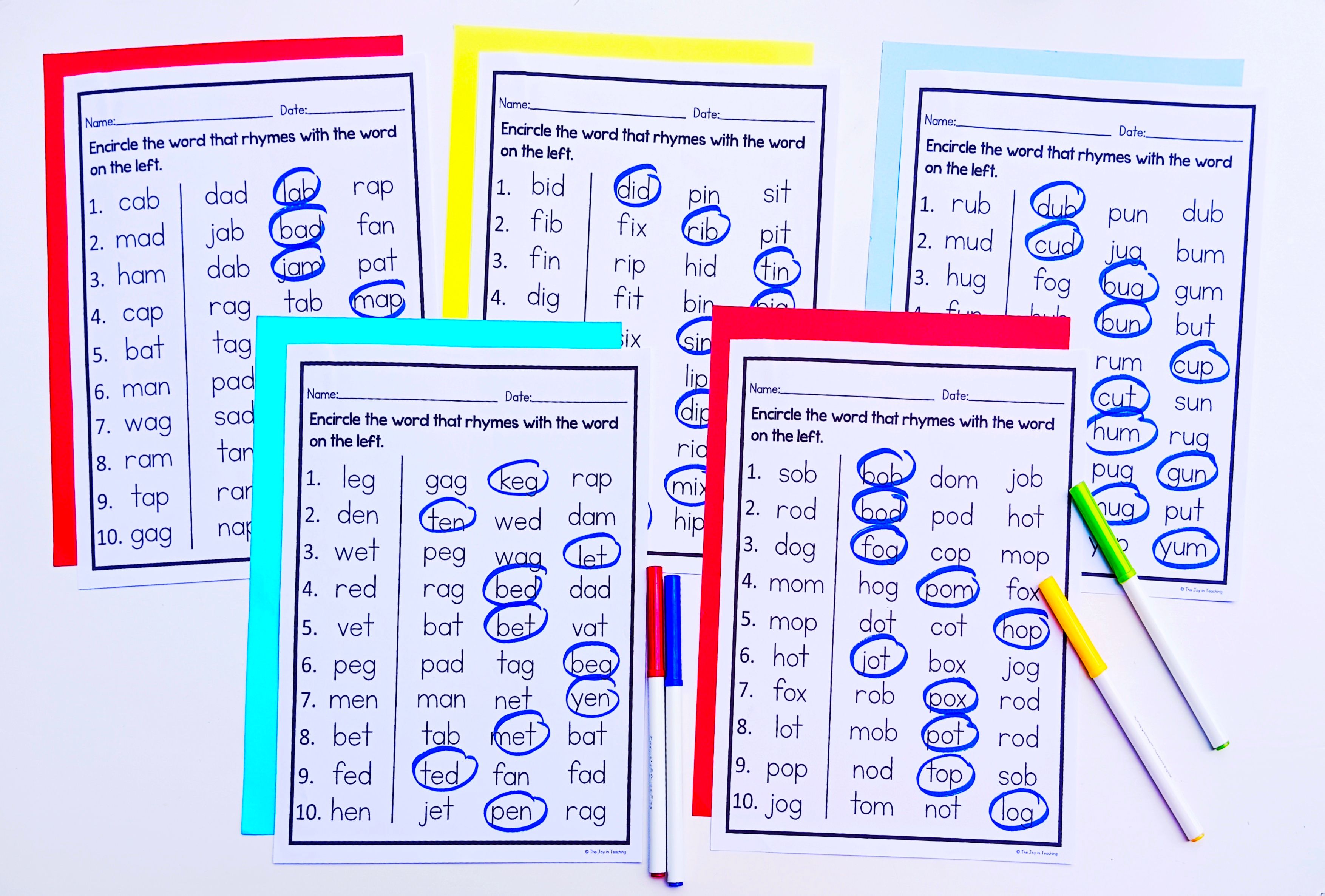
3. ✂️ Color, Read, and Match Cut-and-Paste
This interactive cut-and-paste activity lets children read rhyming pairs and match them with visuals—perfect for visual and hands-on learners.
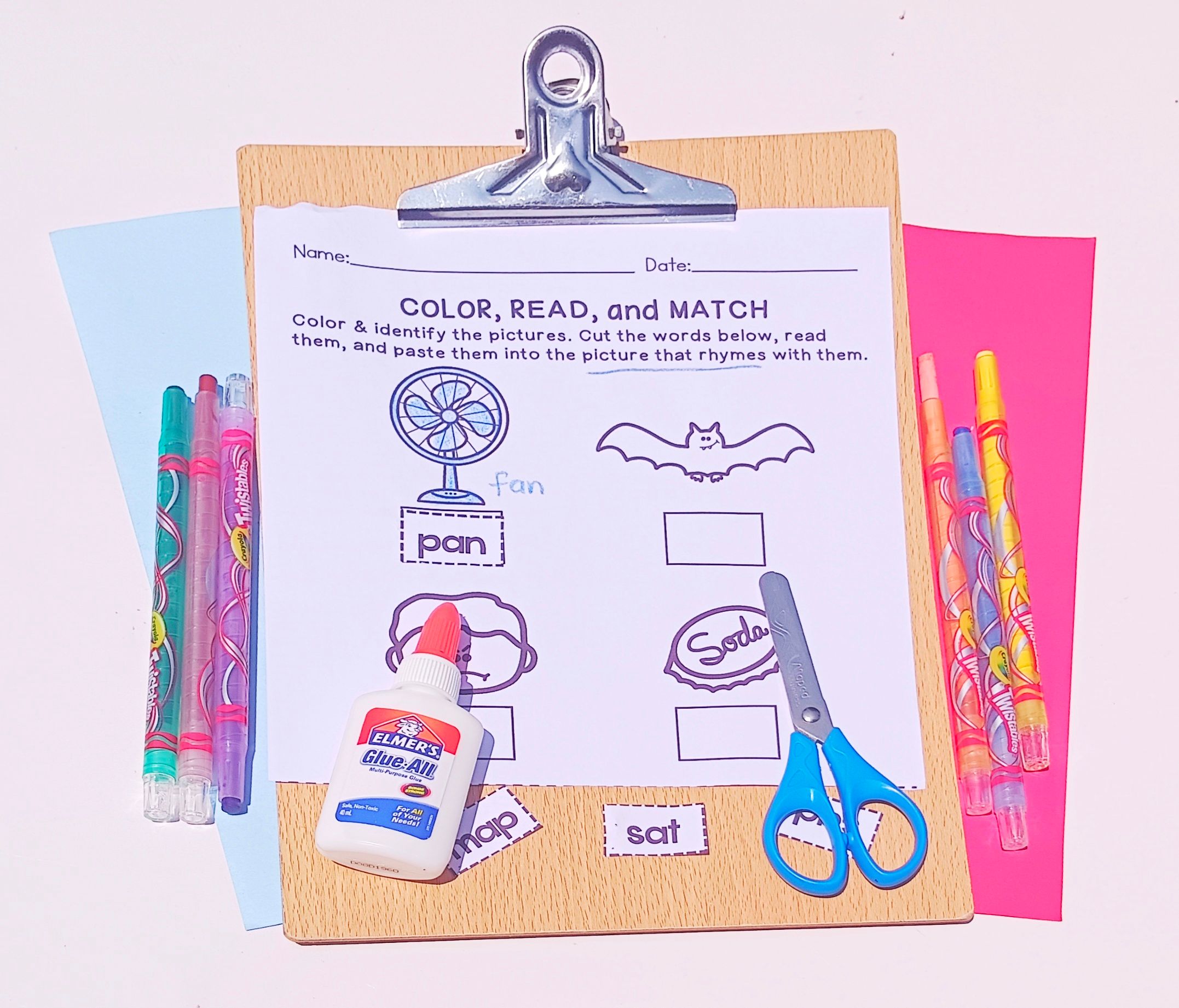
4. ✂️ Cut and Paste Rhyming Words and Pictures
Let kids match pictures with rhyming words or pair up rhyming word sets. It boosts vocabulary, comprehension, and fine motor skills.
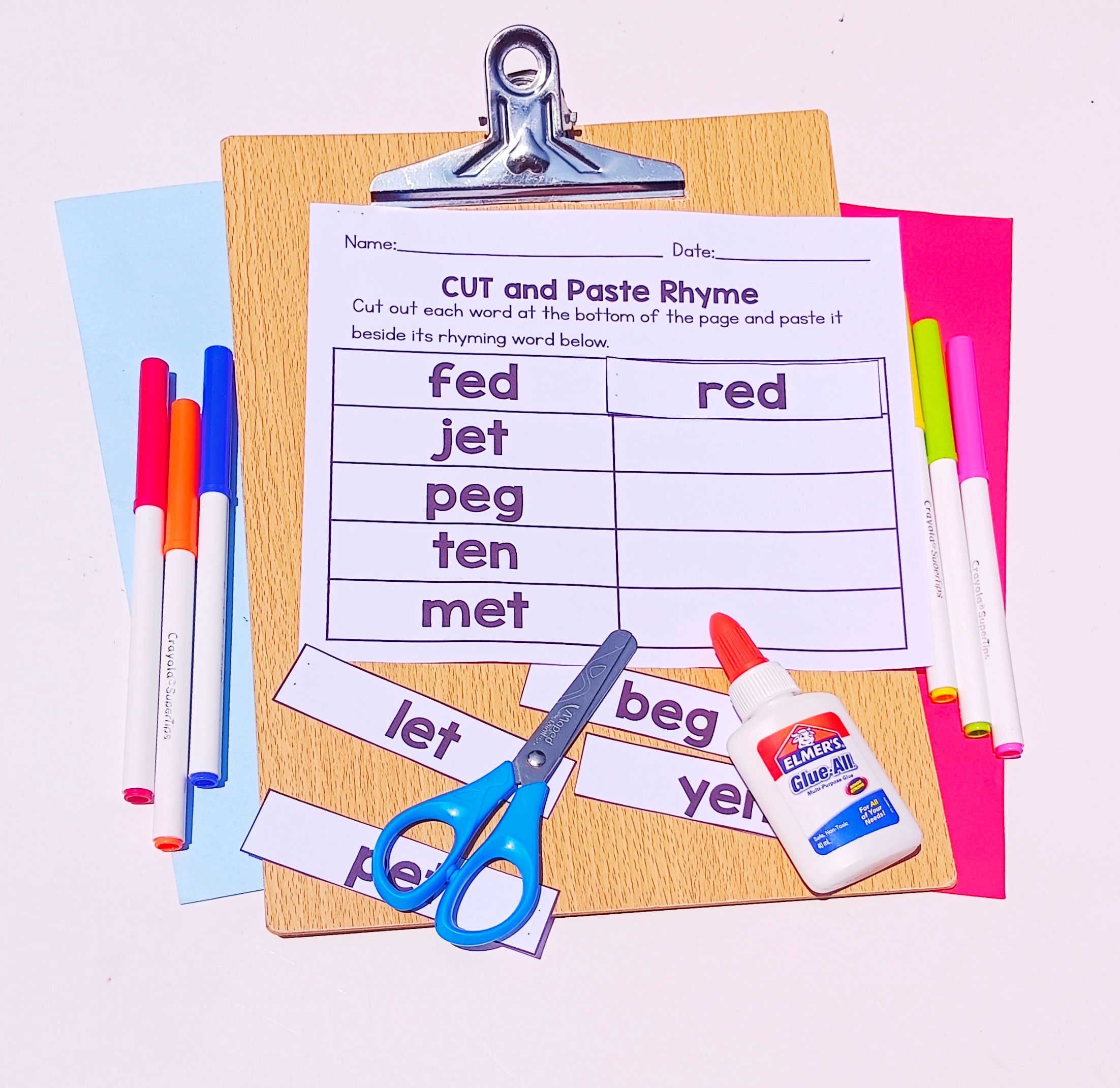
5. 🖍️ Picture to Picture Rhyme
Kids match a picture to its rhyming word. Great for visual recognition and expanding their rhyming word bank.
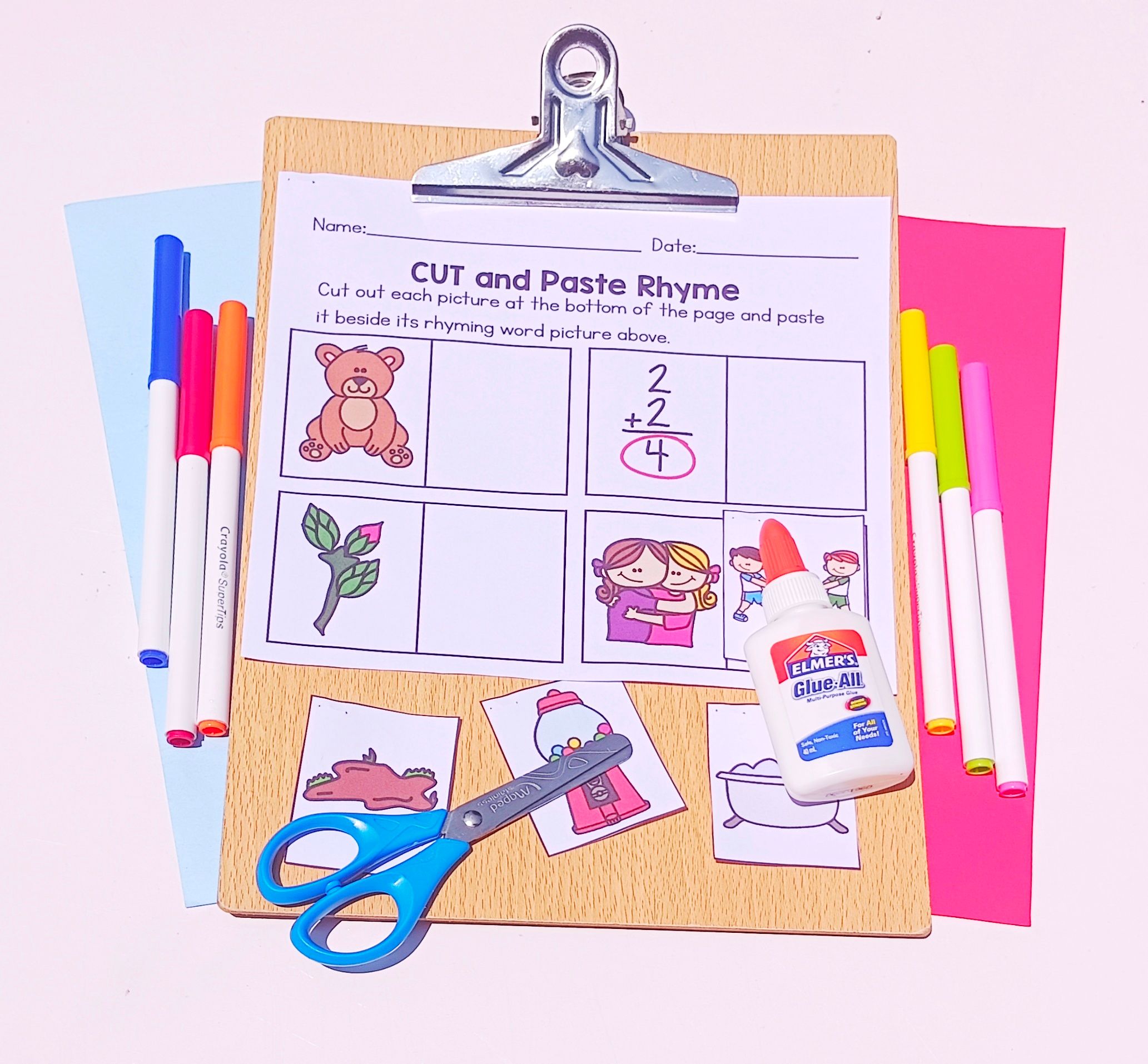
6. ✅❌ Yes or No Rhyme Sorting
Provide pairs of words and let students decide whether they rhyme or not. It’s a quick, no-prep activity that builds auditory discrimination.
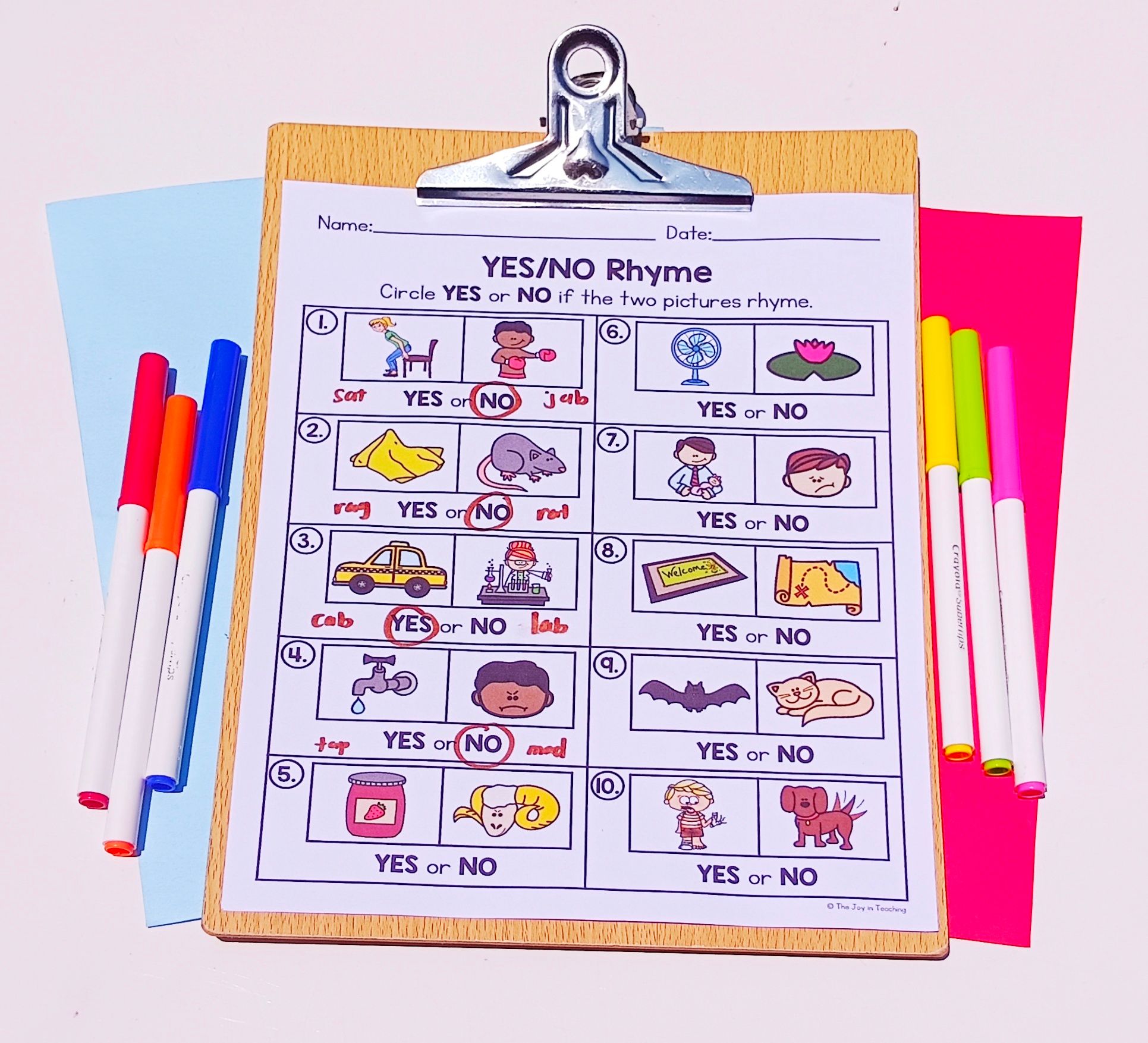
7. ✏️ Write the Picture That Rhymes
Once learners have a good grasp on rhymes, have them write the rhyming word that goes with a picture. It’s excellent for beginning writing practice and recall.
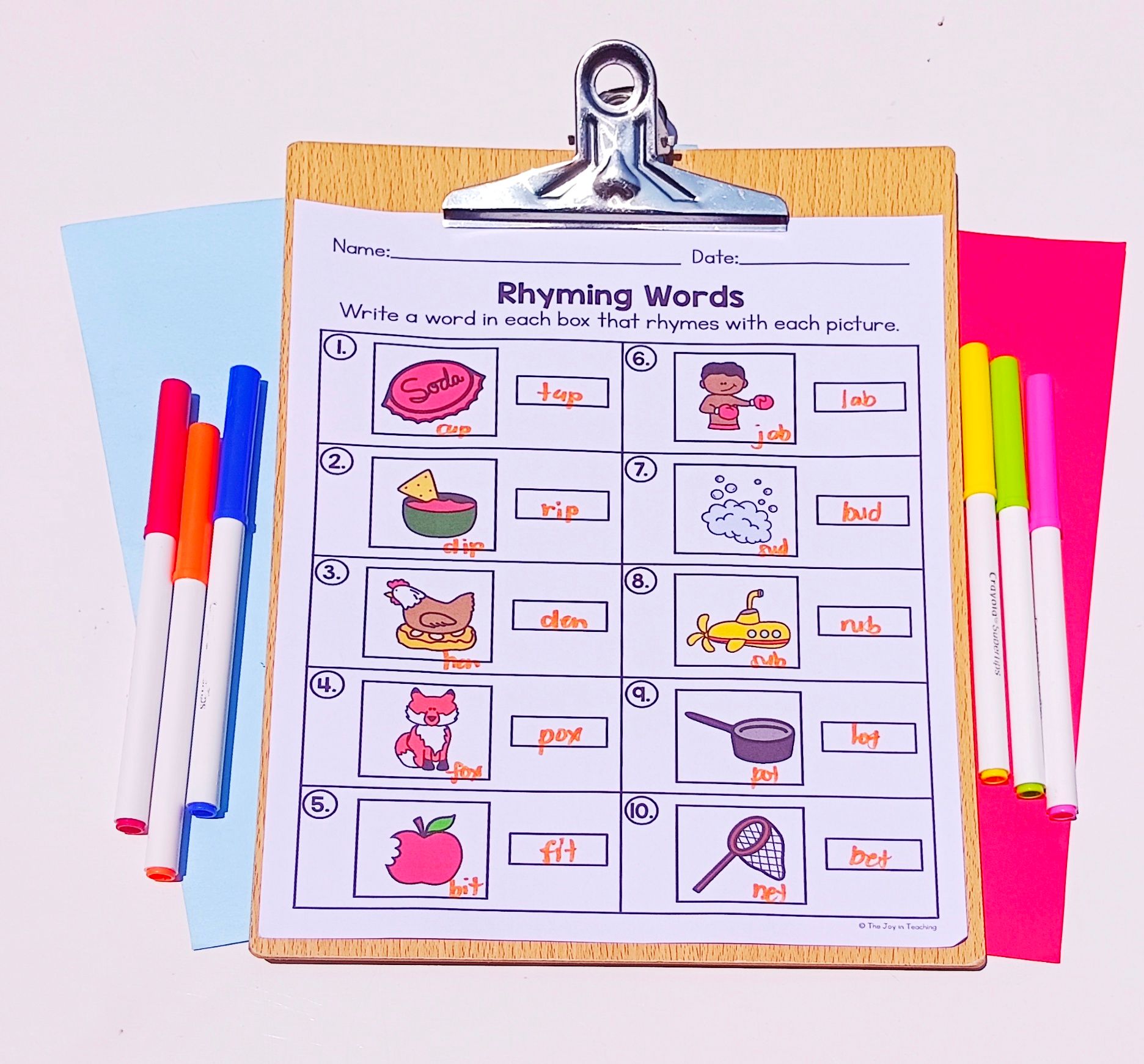
8. 🎨 Color the Picture That Rhymes
This simple activity asks children to color only the picture that rhymes with the word shown. It’s a great warm-up or morning work task.
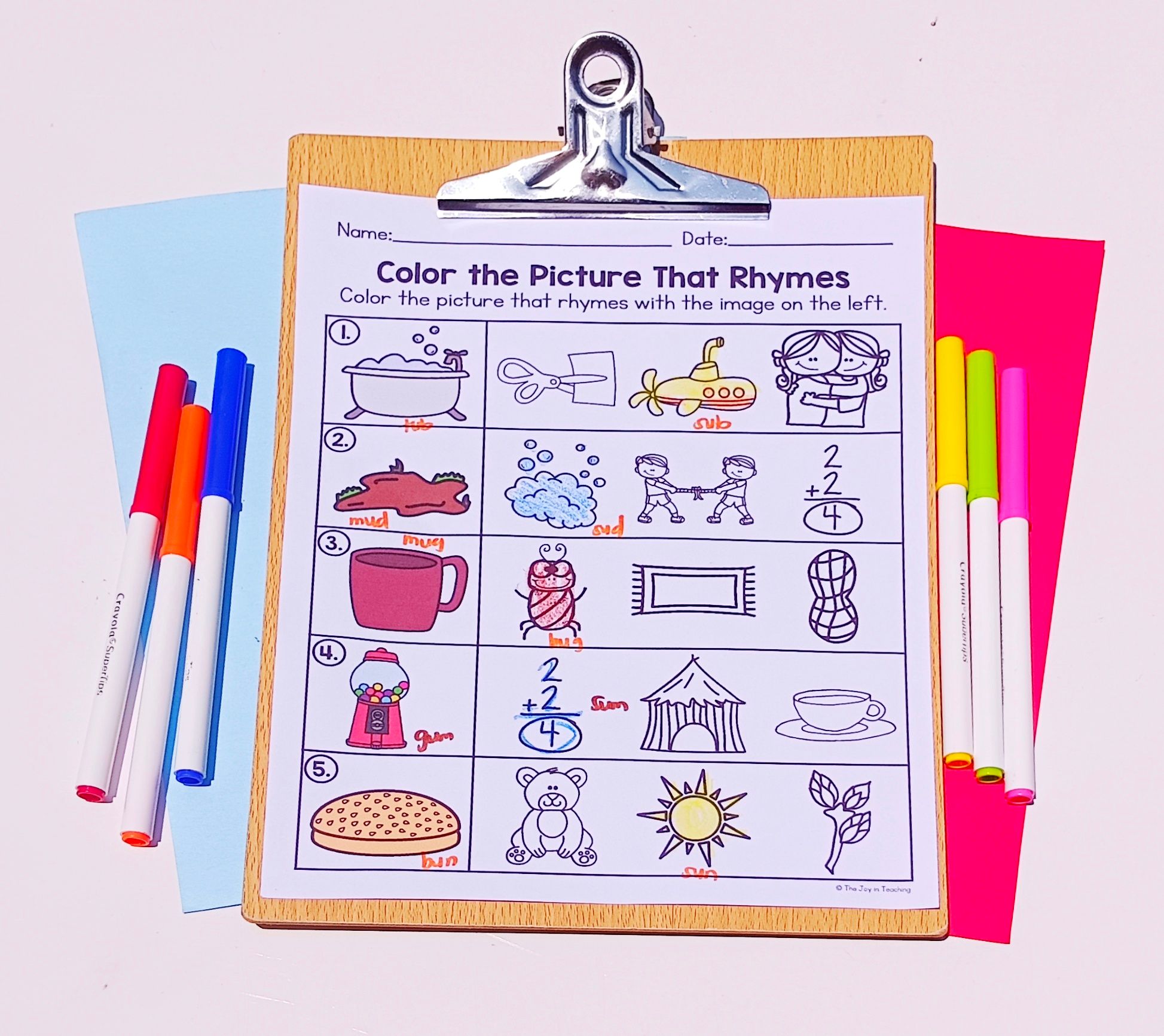
9. 🧠 Rhyme Matching Game
Turn rhyming into a memory game! Matching rhyming pairs (either words or pictures) keeps the practice fun and active.
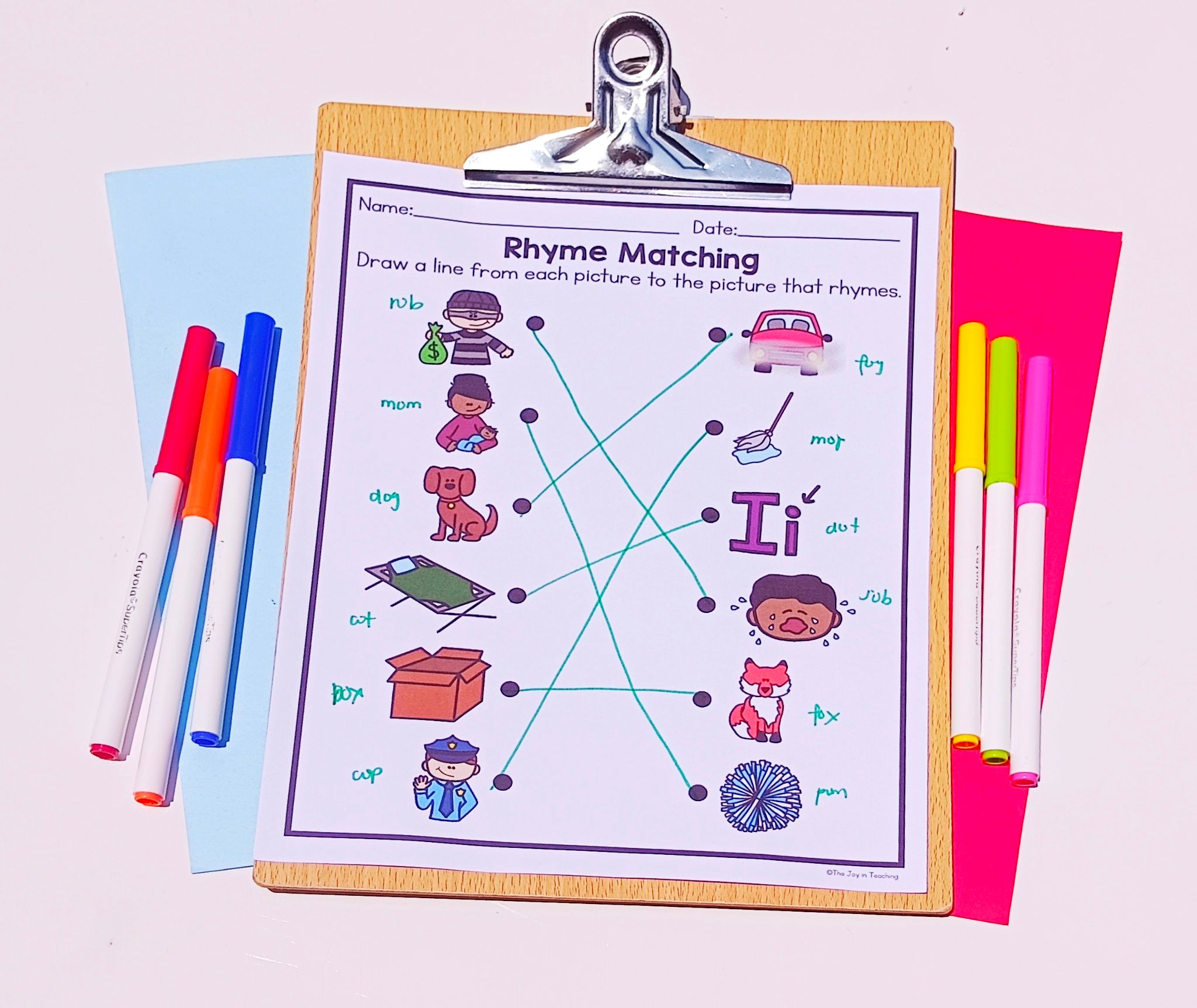
10. 🚫 Odd Rhyme Out
Present three pictures or words—two that rhyme and one that doesn’t. Kids must spot the odd one out. It’s an exciting challenge that builds higher-order thinking!
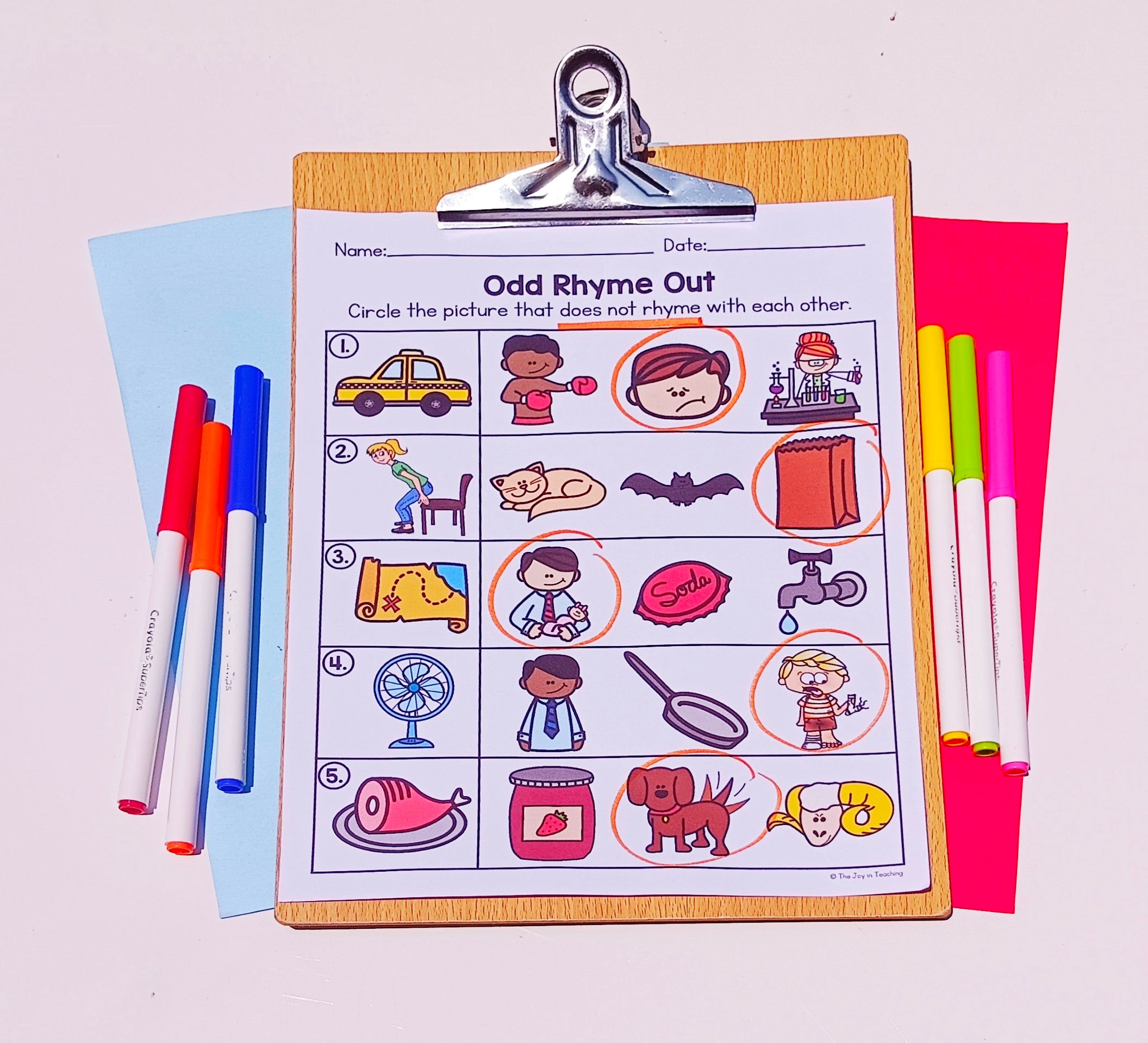
💡 Quick Teaching Tips
- Keep it playful—silly rhymes stick best
- Reinforce often in daily conversation: "We’re eating a pear on the chair!"
- Encourage kids to make up their own rhymes (even nonsense words count!)
📥 Looking for Print-and-Go Rhyming Resources?
If you’d like a ready-to-use set of engaging rhyming word activities, you might love the printable resource we've created for Pre-K to 2nd Grade learners. It's full of worksheets, games, and charts that complement everything shared here.
👉 Check it out on Teachers Pay Teachers
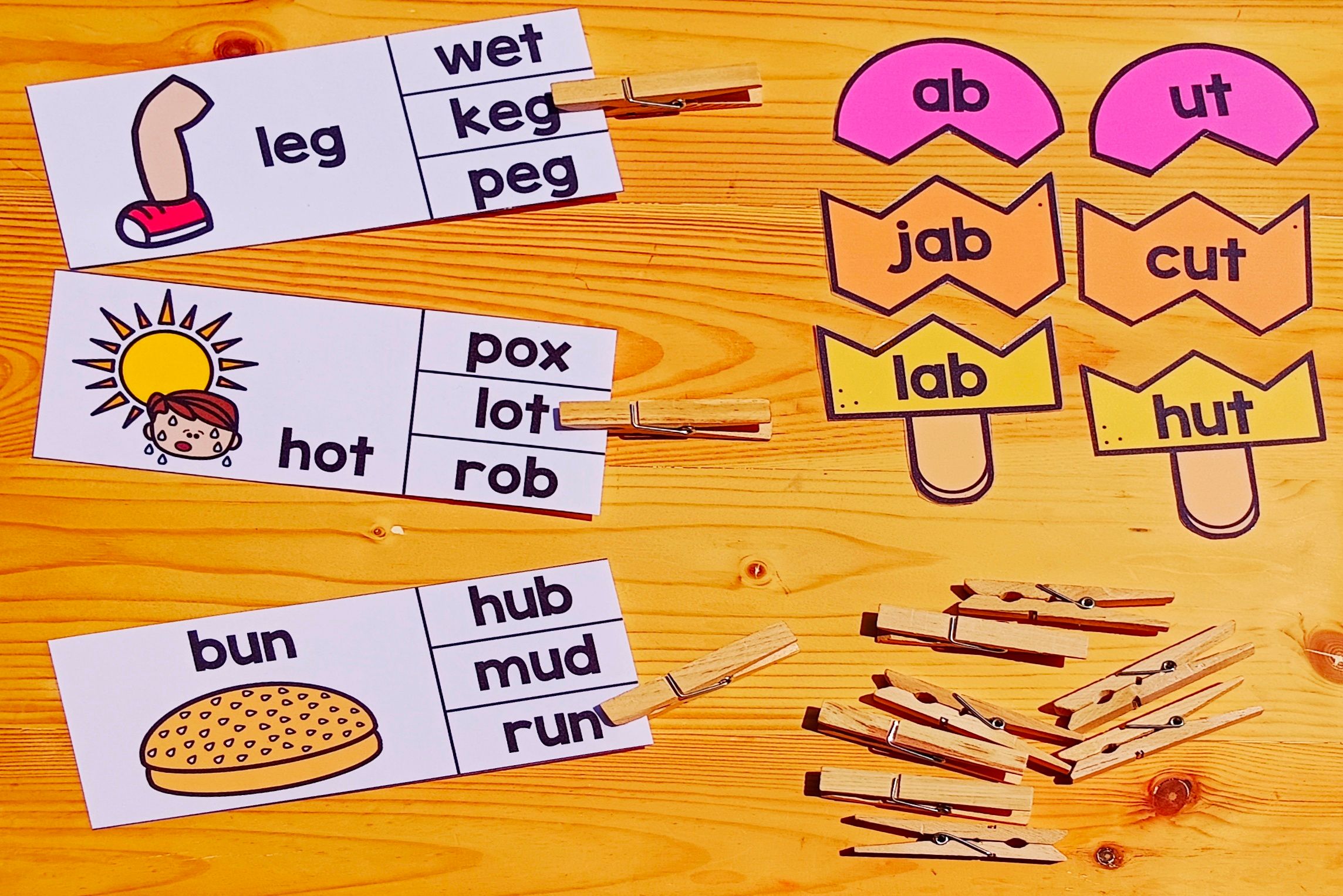
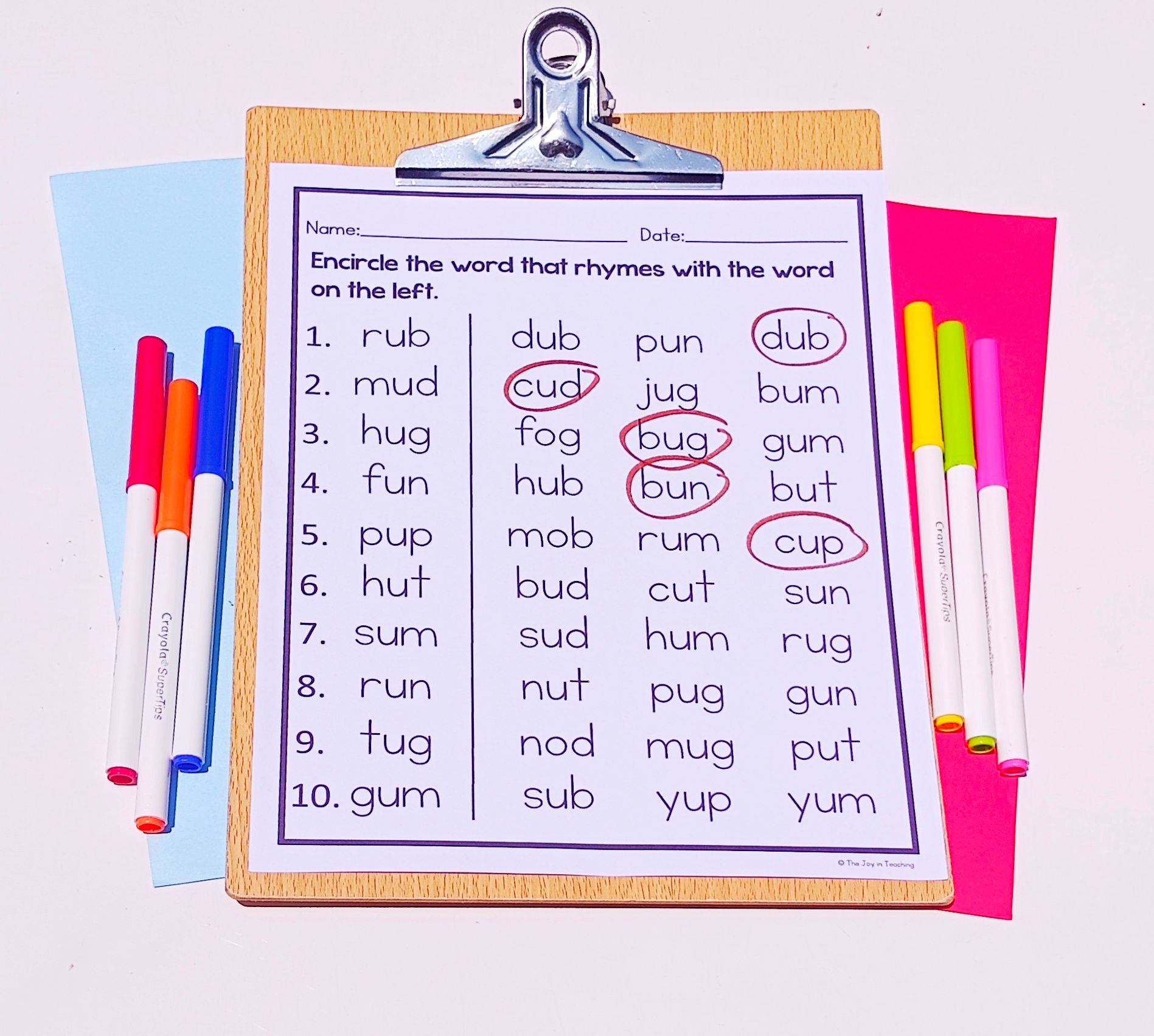
🌼 Wrapping It Up: The Joy of Rhyme
Rhyming is more than a literacy skill—it’s a playful, creative way for children to explore language. With a few fun tools and ideas in your toolkit, you’ll see your little learners blossom in confidence and curiosity. 🎉Thanks for stopping by, and happy rhyming!
📬 For more teaching tips and creative resources, follow us on Pinterest, Facebook, Instagram, and Teachers Pay Teachers. Questions? Reach out anytime at thejoyinteaching@gmail.com
Follow Me for More Teaching Tips with Joy For more tips, resources, and a daily dose of teaching joy, follow me on:
Got questions or want to share your success stories? Drop me an email at thejoyinteaching@gmail.com. I love hearing from fellow educators and parents! Happy Teaching!
Joy Medalla
The Joy in Teaching 💛